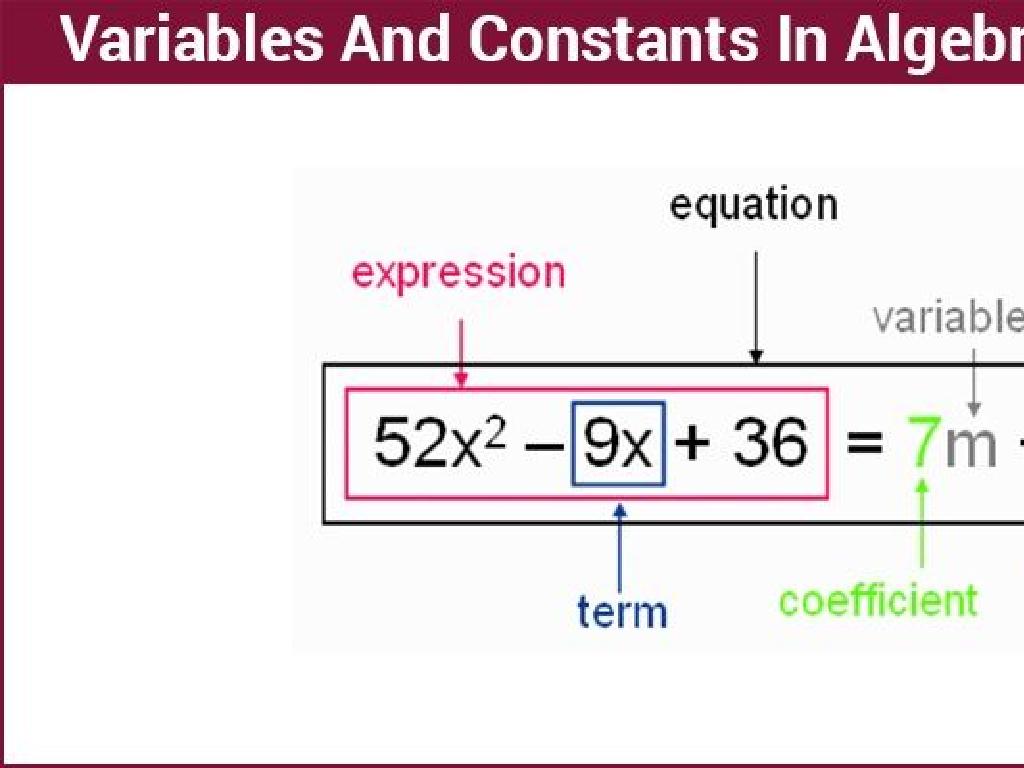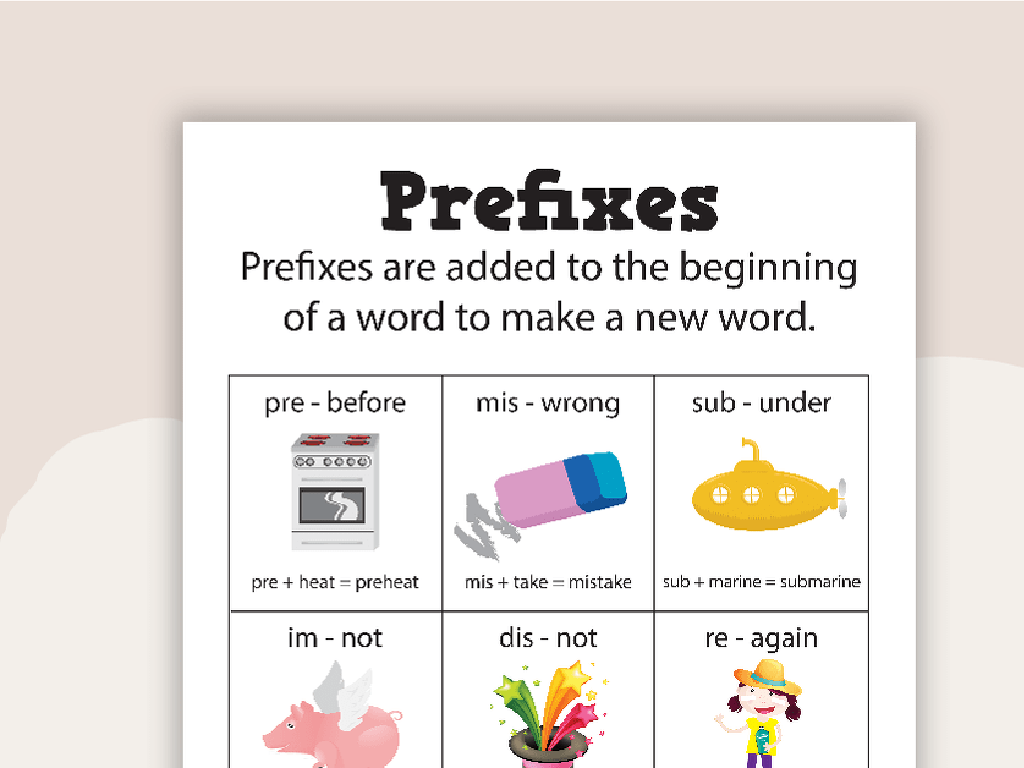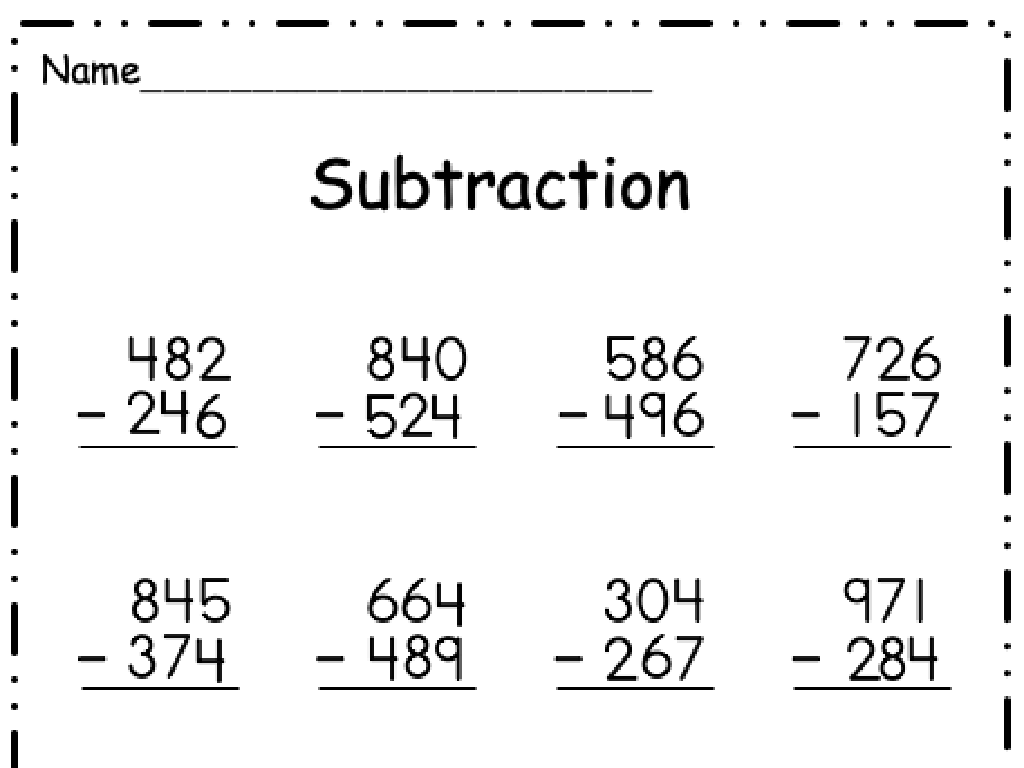George Washington Carver
Subject: Social studies
Grade: Third grade
Topic: Historical Figures
Please LOG IN to download the presentation. Access is available to registered users only.
View More Content
Introducing George Washington Carver
– Who was George Washington Carver?
– An American agricultural scientist and inventor
– His importance in history
– He developed crop rotation methods and hundreds of uses for peanuts
– Overview of Carver’s contributions
– Carver invented over 300 peanut products like cooking oil and cosmetics
|
George Washington Carver was a prominent African American scientist and inventor in the early 20th century. He is renowned for his work in agricultural science, particularly with peanuts. Carver advocated for crop rotation to improve soil health and taught many farmers about sustainable farming practices. His research led to the development of over 300 products from peanuts, which helped to boost the agricultural economy. Carver’s legacy is not only in his scientific achievements but also in his dedication to education and environmental sustainability. Encourage students to think about how Carver’s work might still impact our lives today and the importance of innovation in science.
The Early Life of George Washington Carver
– Born into slavery in Missouri
– Faced many life challenges
– Orphaned as a child, he overcame difficulties
– Sought education against odds
– Traveled for a better school, valued learning
– Showed great determination
– His will to learn shaped his future success
|
George Washington Carver’s early life was marked by adversity, but he never let his circumstances define his future. Born into slavery, Carver faced significant challenges from the very beginning. Despite being orphaned and navigating a world that was often hostile to African Americans, he pursued education with a passion. Carver’s journey to learn took him to different schools, as he was not allowed in the local school because of segregation. His determination to grow intellectually and personally laid the groundwork for his future achievements. This slide aims to inspire students with Carver’s resilience and thirst for knowledge. Encourage the class to discuss what determination means and how Carver’s early life is an example of perseverance.
George Washington Carver’s Education Journey
– Earned a Bachelor of Science degree
– First African American to achieve this milestone
– Studied at Tuskegee Institute
– Carver’s time at Tuskegee was pivotal to his career
– Became a teacher and mentor
– He guided many students as a beloved professor
|
George Washington Carver was a remarkable figure in history, not only for his scientific achievements but also for his educational milestones. He was the first African American to earn a Bachelor of Science degree, which was a significant accomplishment during a time of widespread racial discrimination. His studies at the Tuskegee Institute were crucial in his development as a scientist and inventor. Carver’s role as a teacher and mentor at Tuskegee was also significant; he was dedicated to educating and empowering the next generation of African American scientists and farmers. Encourage students to reflect on the importance of education in Carver’s life and how it helped him make a lasting impact on society.
George Washington Carver: Inventor and Scientist
– Created 300+ peanut uses
– Including peanut butter & lotions
– Innovated with sweet potatoes
– Like flour and starch from potatoes
– Developed new soybean uses
– Introduced crop rotation methods
– Advocated for sustainable farming
– Taught farmers about soil health
|
George Washington Carver was a brilliant scientist and inventor who revolutionized agriculture. He discovered over 300 uses for peanuts, transforming them into products like peanut butter and lotions, which we still use today. Carver also found innovative ways to use sweet potatoes and soybeans, creating flours, starches, and other products. His focus on sustainable agriculture introduced methods like crop rotation, which helped restore nitrogen to the soil. He educated farmers on maintaining soil health, ensuring their land remained fertile for future crops. This slide aims to highlight Carver’s significant contributions to agriculture and his lasting impact on farming practices.
The Legacy of George Washington Carver
– Transformed agriculture
– Introduced crop rotation to improve soil health
– Inspired many scientists
– His dedication motivates young learners in science
– His work lives on today
– Schools & museums honor his contributions
– Values of hard work & innovation
– Taught the importance of education and perseverance
|
George Washington Carver was a pioneering scientist who revolutionized agriculture by promoting alternative crops to cotton, such as peanuts and sweet potatoes, which improved soil health and helped farmers’ livelihoods. His innovative methods and discoveries inspired countless individuals and continue to influence agricultural practices. Carver’s legacy is celebrated in various educational institutions, ensuring that his work and the values he stood for, such as hard work, education, and innovation, are remembered and passed on to future generations. Encourage students to reflect on how Carver’s values can be applied in their own lives and the importance of contributing positively to their community and environment.
Class Activity: Peanut Planting
– Learn how peanuts grow
– Each student plants a peanut
– You’ll get a peanut and a cup with soil
– Observe and record growth
– Watch your peanut plant grow and change
– Discuss observations in class
– Share what you’ve noticed with the class
|
This activity is designed to give students a hands-on experience with plant growth, specifically peanuts, which were significant to George Washington Carver’s agricultural research. Provide each student with a peanut, a cup filled with soil, and instructions on how to plant it. Over the following weeks, students should observe and note changes in their peanut plant’s growth, such as sprouting and leaf development. This will help them understand the life cycle of plants and the importance of agriculture. Encourage them to measure their plant’s growth and document any other observations. In subsequent classes, create opportunities for students to discuss their findings and reflect on what factors contribute to healthy plant growth. Possible activities for different students could include drawing the growth stages, writing a peanut plant diary, or researching other plants important to Carver’s work.






